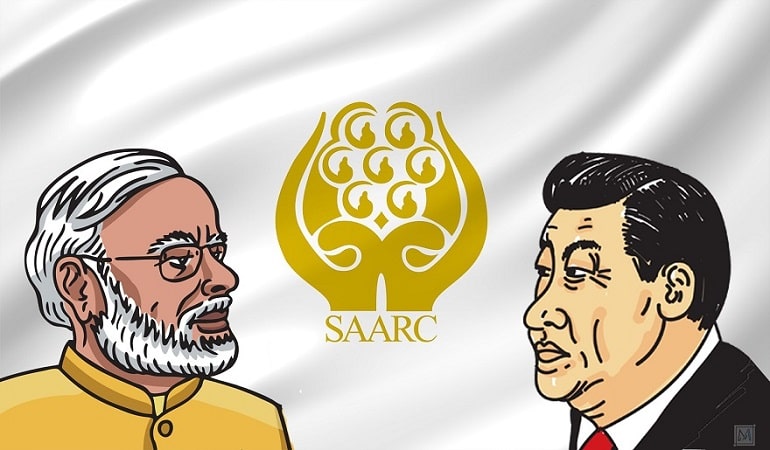
Olipath, Centrality and Trust Issues: India-Nepal Muddled Neighbourhood Friendship
Written by : Dr. Anup Shekhar Chakraborty. Photo credit : Shutterstock.com Comrades in Alliance: House of Cards The Left-wing politics in Nepal has obliterated Rajshahi (Monarchy) and associated caste-class social hierarchies, yet Samajwad (Socialism) remained a statist utopia. Nepal’s uniqueness is that it tends to present trends in deviation from global experience. While globally communists and communist ideology are in life-support, and communist parties have dwindled, let alone be in determining political positions, Nepal post-2018 presents a case in contradistinction. In 2018 the electoral alliance of the two main communist parties in Nepal won a nearly two-thirds majority in Parliament.…



